Indy 500 traditions explained: the bricks, the trophy and the milk
There's plenty of history behind the Indy 500 — now on its 107th running. Here's the story of some of its key traditions, including the Borg-Warner trophy, its format, and why the winner always drinks milk
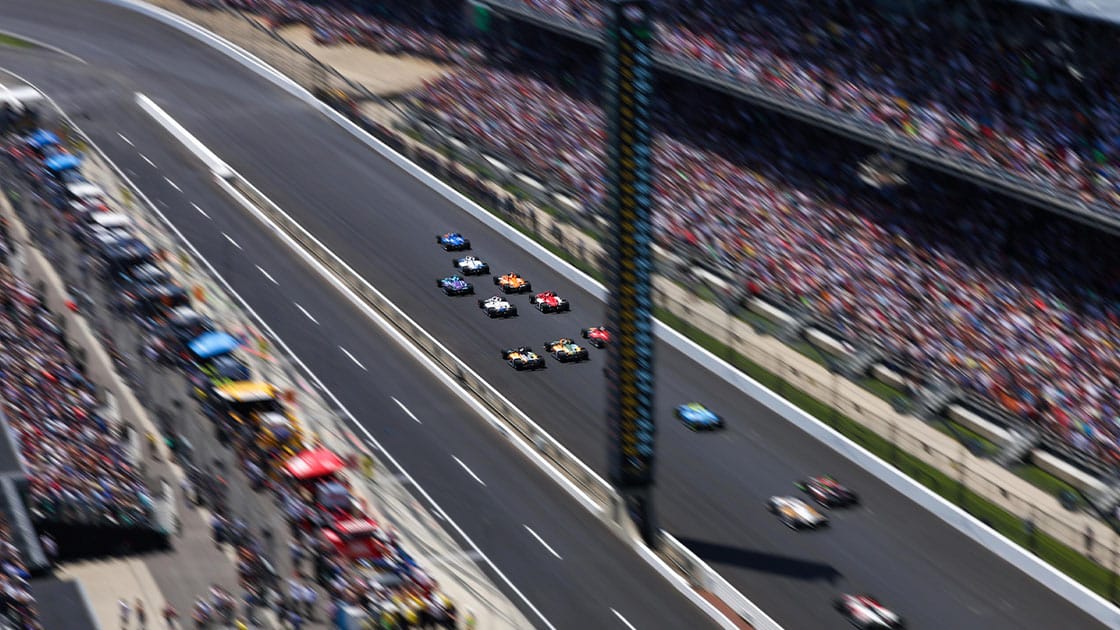
Chase down to Turn 1 at Indianapolis
IndyCar
33 drivers. 200 laps. 500 miles. That tried and trusted formula has made the Indy 500 one of motor sport’s greatest spectacles and it is set for its 107th running this weekend.
At 5.45pm BST on Sunday, Alex Palou will lead the field — containing nine previous winners and four rookies — towards the green flag as they vie to lift the Borg-Warner Trophy and have their name (and face) etched into motor sport history.
An unpredictable, intense race is all but guaranteed, amid long-held traditions, some of which date back to the very early days of the race.
What is the Borg-Warner trophy?
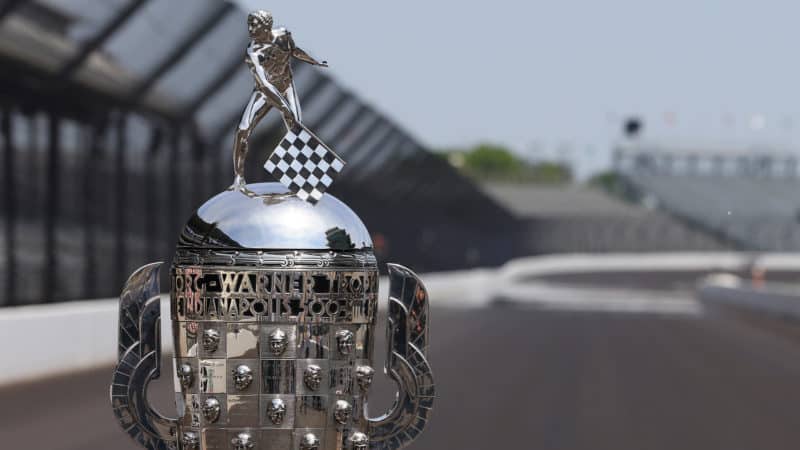
The Borg-Warner Trophy – given to the winner of the Indy 500 since 1936
GettyImages
Awarded to the winner of the Indy 500, the Borg-Warner trophy pays tribute to the Indy greats, and is one of racing’s most coveted prizes.
Originally commissioned by the Borg-Warner Automotive Company in 1935, the trophy displays the face of every Indy 500 winner dating back to Ray Harroun who won the first race in 1911. This includes two sets of dual winners (when one driver started the race and another finished it), and four-time winners AJ Foyt, Al Unser, Rick Mears, and Hélio Castroneves who are the only drivers to have their face appear more than three times on the trophy.
In 1992, the trophy underwent a $1m refurbishment and now contains 108 faces, with extra space being added in 2004 to accommodate winners until 2034. Given the detailed castings of each face, moulding each new winner to the trophy can take months at a time – Castroneves’s 2021 win was commemorated during a ceremony in March 2022 (277 days later).
The winner of the Indy 500 doesn’t take the 5ft 4in trophy home, but is instead awarded with with the “Baby Borg” – an 18in tall replica of the trophy that was first given to 1997 winner Arie Luyendyk.
Why do Indy 500 winners drink milk on the podium?
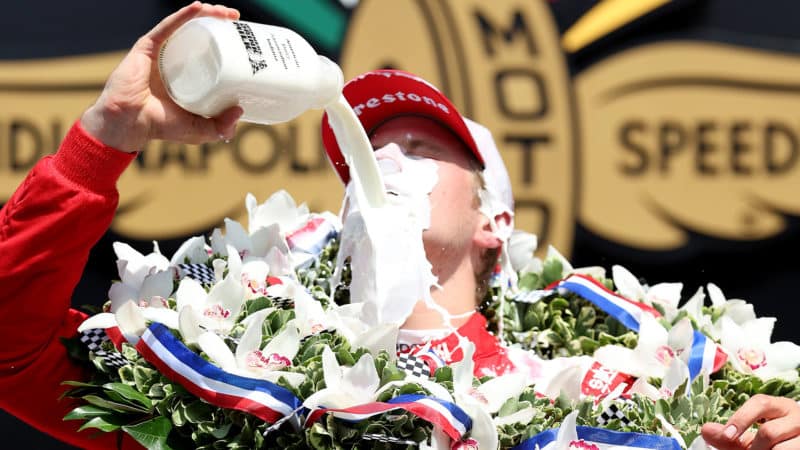
Marcus Ericsson celebrates debut victory at 2022 Indy 500
GettyImages
Other blue riband motor sport events offer their winners champagne, but almost every Indy 500 winner has swigged milk on the podium since 1936, when a fatigued Louis Meyer replaced water with the nourishing and refreshing qualities of buttermilk.
Footage of the post-race celebrations caught the eye of an opportunistic dairy marketing department, and in 1954 the American Dairy Industry offered $400 to every winning driver who drank milk in victory lane – with an extra $50 going to their crew chief. The incentive was enough to inspire a tradition that continues today.
There have been a few hiccups, when in 1993 Emerson Fittipaldi pushed away the bottle of milk and replaced it with orange juice – an action that was met with jeers and boos from the thousands of fans in attendance. Nowadays, the Association pre-arranges what type of milk drivers would like to drink should they visit the top step of the podium.
In 2023, drivers have chosen one of three milk options: whole, 2% or skimmed, but in the past there have been more exotic requests. In 2021, Juan Pablo Montoya asked for chocolate milk as his winning beverage but ultimately missed out to Castroneves, who earned his fourth Indy 500 victory and celebrated by covering himself in strawberry milk to match his pink overalls.
How many people watch the Indy 500?
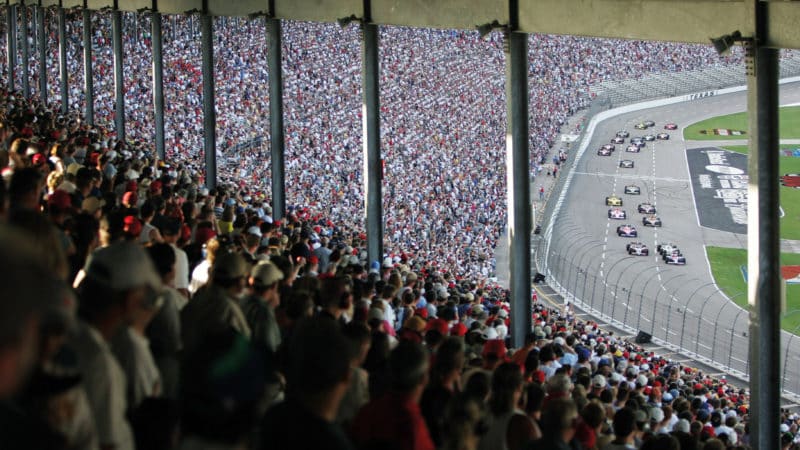
Franchitti leading from pole in the 2004 500-miler in Texas
Robert Laberge/Getty Images
In 2023, over 300,000 fans are expected to sit trackside at Indianapolis, with a further 5.5 million tuning in on TV – the race’s second-biggest audience in 25 years.
Last year, the event drew in an estimated 325,000 fans – the biggest crowd since Indy’s 100th running in 2016 which saw 350,000 people sell out the historic Speedway.
Beside the winning the race, feeding the fans is also a herculean task. Spectators consume over 9000kg of fries on race day and so many hot dogs that if they were lined-up end-to-end, they would circle the circuit three times.
What is the prize money for winning the Indy 500?

Ericsson kept a cool head where others couldn’t in 2022 win
IndyCar
The official purse for the 2023 Indy 500 is yet to be revealed, but last year Marcus Ericsson took home an unprecedented $3.1m – a record for the event. Second-placed Pato O’Ward also earned $1m, also making him the highest earning runner up. If Ericsson is able to win again this year, he will earn an $420,000 bonus for the back-to-back achievement.
Why is it called the Indy 500?
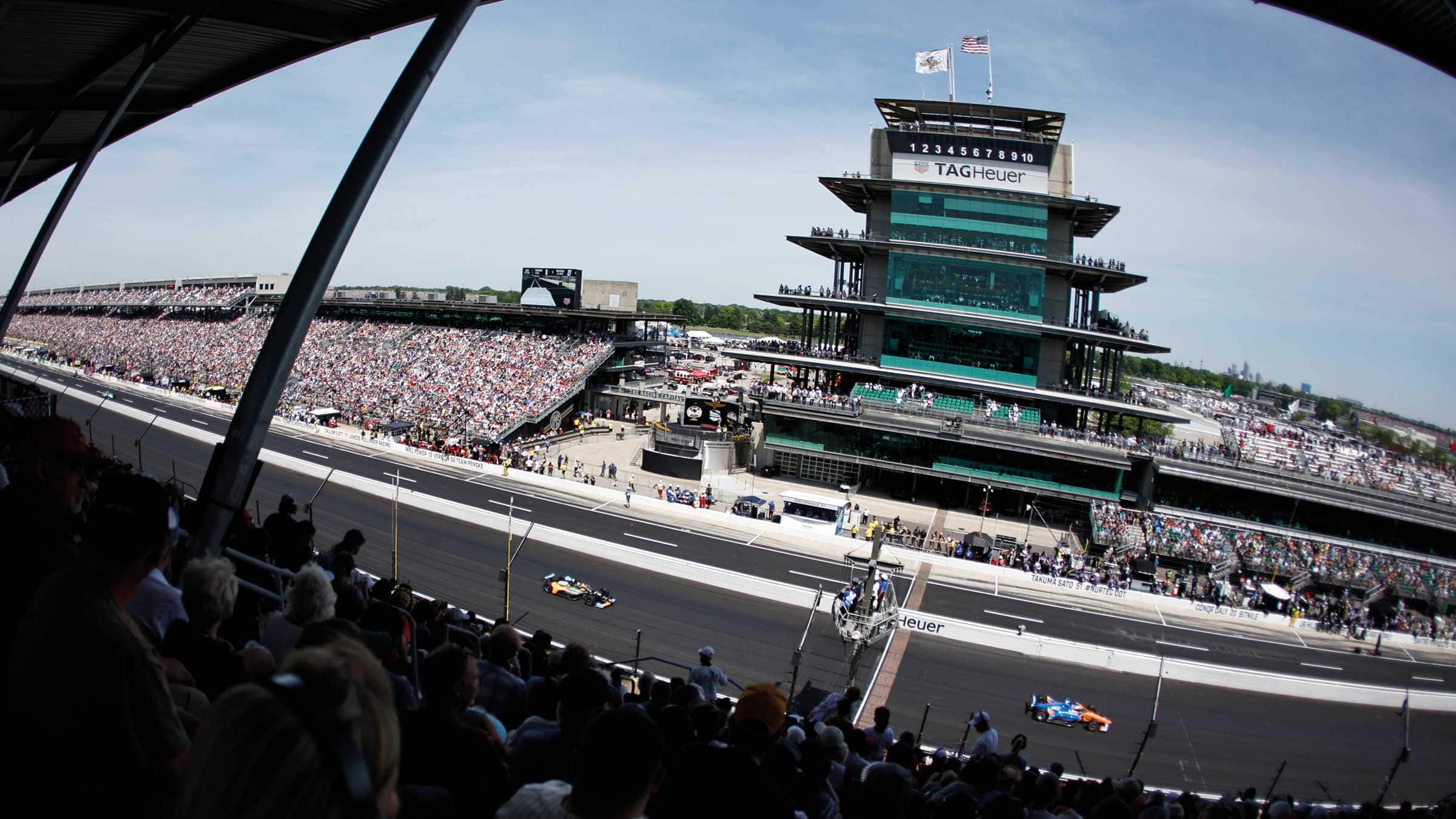
“Perfect package” Scott Dixon. leading, won pole and was in front for half of the 2022 Indy 500
Getty Images
The Indy 500 is a 200-lap/500-mile race around the Indianapolis Motor Speedway‘s 2.5-mile oval, where cars will race wheel-to-wheel at up to 240mph. All four corners have a different radius, so a different approach is needed for each one.
As ever, the field is limited to 33 drivers and they will compete for 12 teams.
Typically, the race will run for two to three hours depending on the number of caution flags and weather conditions.
Click for the full grid line-up and information on how to watch the 2023 Indy 500.
Why is the Indianapolis Motor Speedway called ‘The Brickyard’?
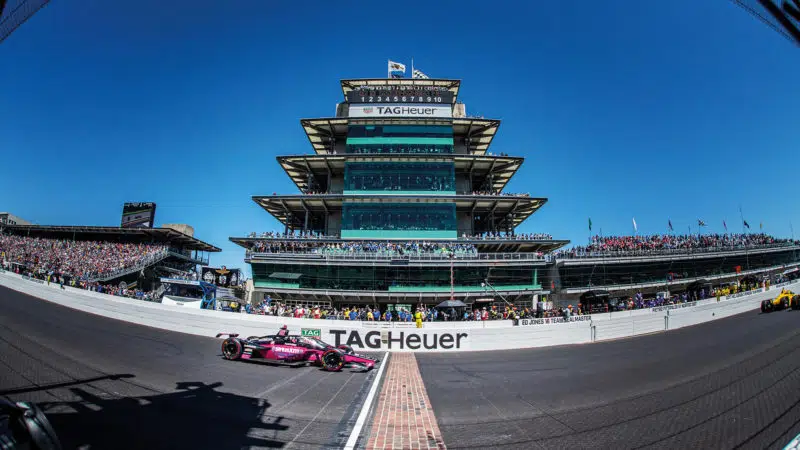
A fourth Indy 500 win for Hélio Castroneves at ‘The Brickyard’
Indy’s nickname – ‘The Brickyard’ – can be traced back to its roots. At its inaugural event in 1909, the dirt track produced so much dust from its rough and slippery surface that its founder Carl Fisher, decided to have the 2.5-mile oval paved for the following year. In the space of 66 days, 3.2 million bricks were laid over the track’s original surface.
Gradually, as the race became more popular, rougher areas of the track were covered with asphalt until 1938, when all four corners and the back straight were also covered — only leaving the middle portion of the home straight untouched. In 1961, these bricks were also removed, with only a 1-yard strip left at the start/finish line commemorating the circuit’s past.
Ever since, the remaining strip has become a part of every winning driver’s celebratory moment, often lining up with their team to ‘kiss the bricks’ – a tradition began by Brickyard 400 winner Dale Jarrett in 1996.
